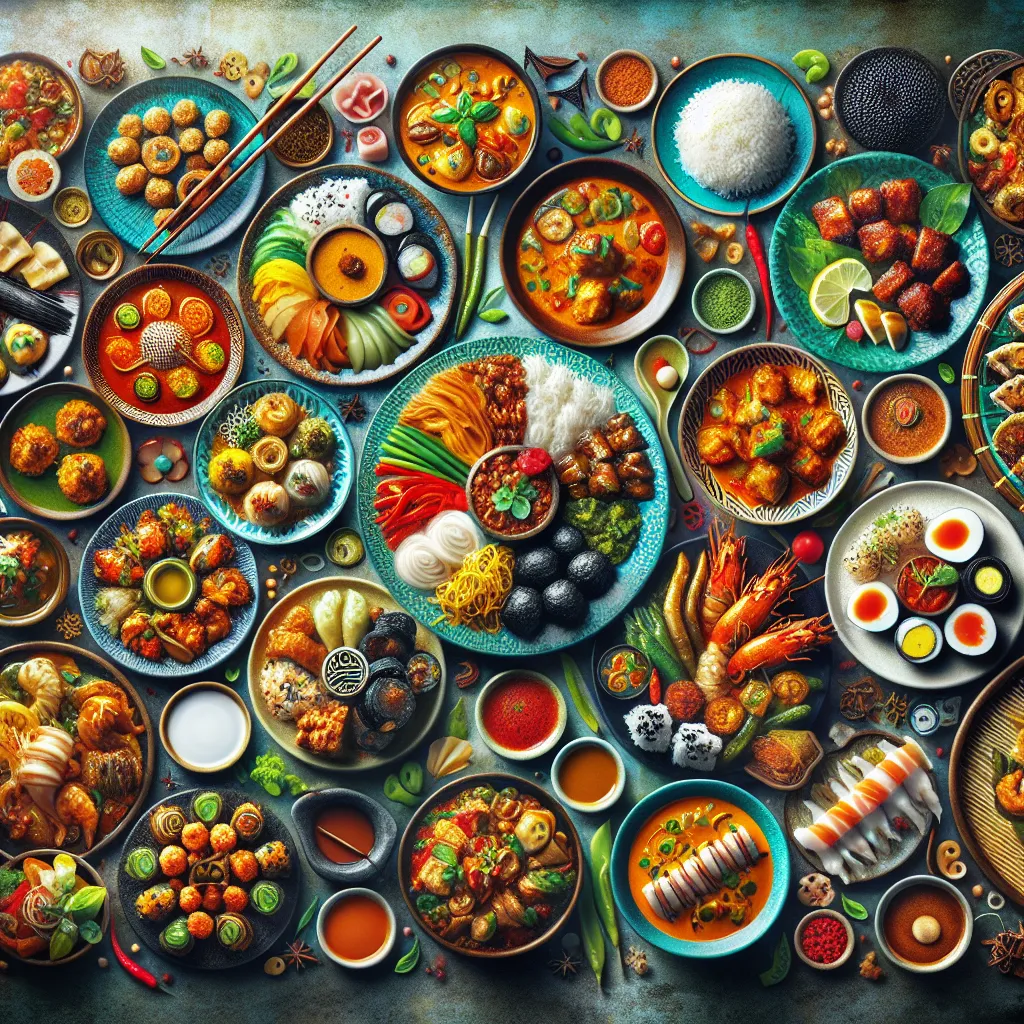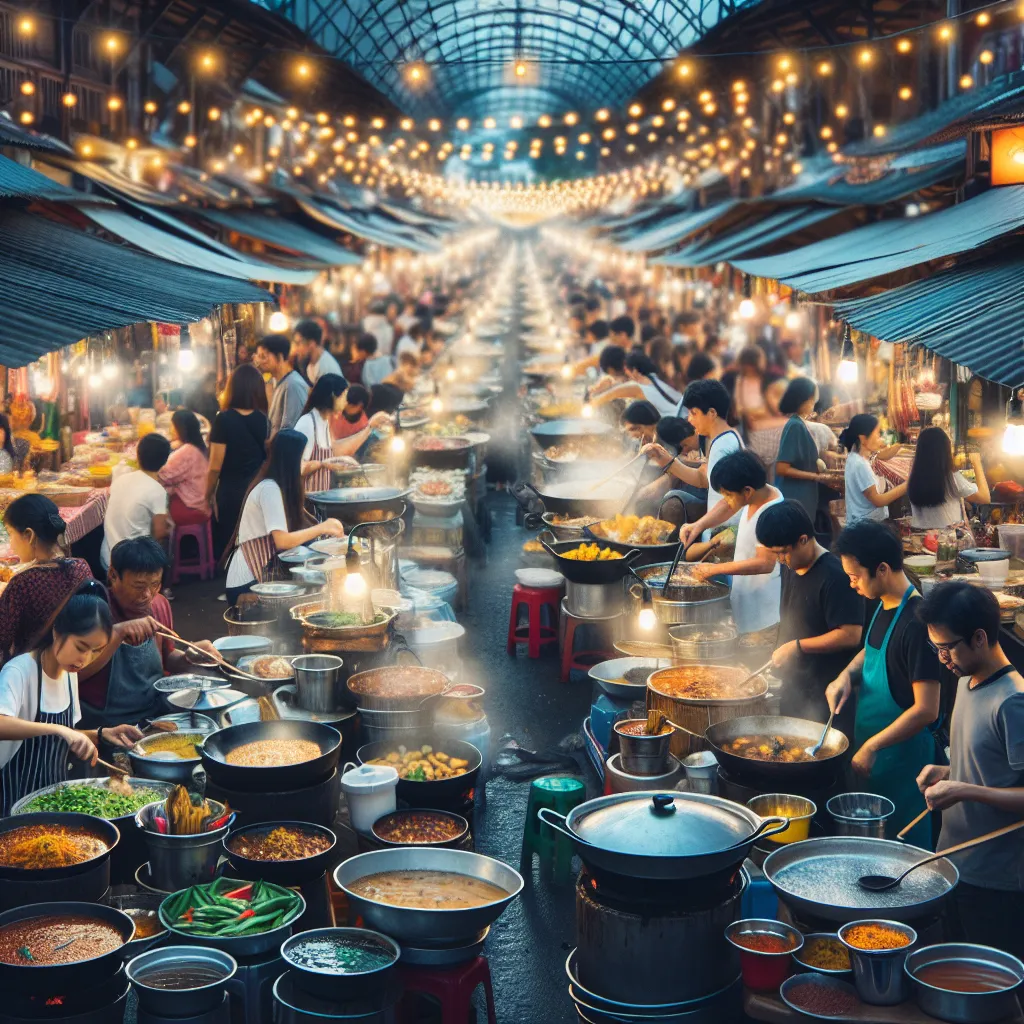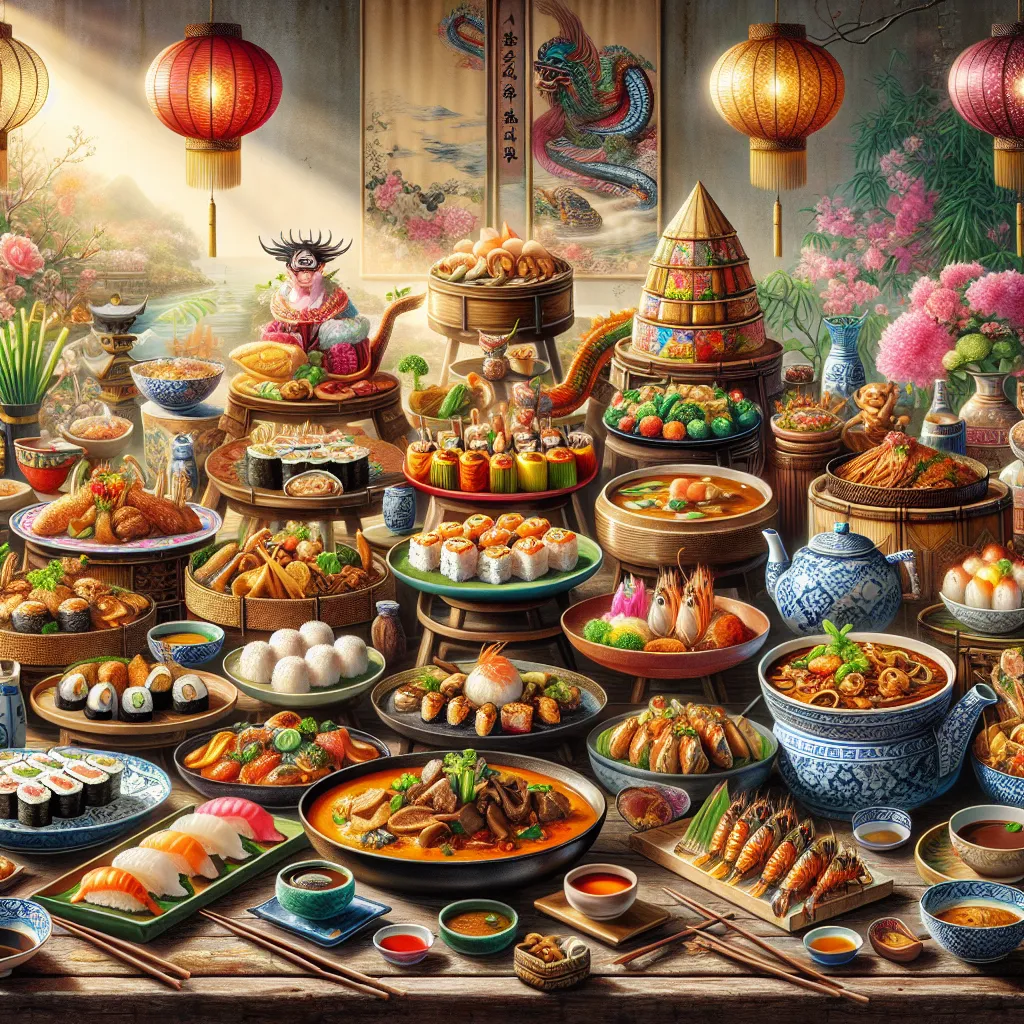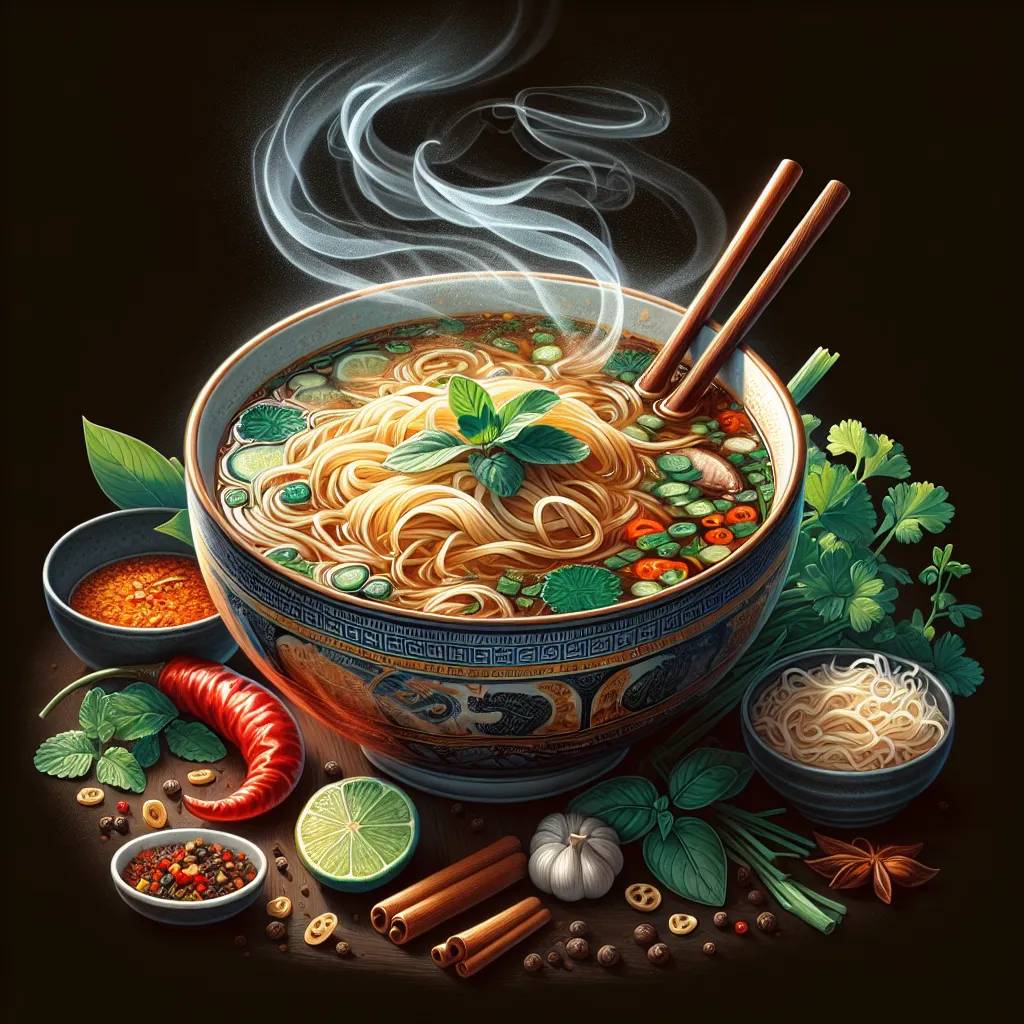The Evolution of Chinese Regional Cuisine
Chinese cuisine is incredibly diverse, with a rich culinary history that reflects the country’s vast and varied landscapes, as well as its long-standing cultural and regional differences. The evolution of Chinese regional cuisine has been shaped by a multitude of factors, including historical influences, local ingredients, and cooking techniques. As a result, there are eight major culinary traditions in China, each with its own distinctive flavors and styles of cooking.
One of the most well-known regional cuisines is Sichuanese, hailing from the Sichuan province in southwestern China. Sichuan cuisine is characterized by its bold and fiery flavors, largely attributed to its prominent use of Sichuan peppercorns and spicy chili peppers. On the other hand, Cantonese cuisine, originating from the Guangdong province, is known for its fresh and delicate flavors, often using techniques like steaming and stir-frying to preserve the natural taste and texture of the ingredients.
Other influential regional cuisines include Shanghainese, with a focus on sweetness and the use of black vinegar, and Hunanese, celebrated for its intense and savory dishes. Each regional cuisine offers a unique insight into the diverse culinary landscape of China, showcasing the country’s deep-rooted food traditions and the art of balancing flavors and textures.
It’s important to note that the evolution of Chinese regional cuisine continues to thrive, with contemporary chefs and food enthusiasts reinterpreting traditional dishes and experimenting with new ingredients and cooking methods. This dynamism ensures that Chinese cuisine remains an endlessly fascinating and ever-evolving culinary experience.
A Culinary Journey Through the Flavors of India
India, with its rich and diverse culinary traditions, offers a tantalizing journey through a myriad of flavors and spices. The colorful and aromatic Indian cuisine is a reflection of the country’s vibrant culture and history, with each region offering its own unique culinary delights. From the fiery curries of the south to the delicate flavors of the north, embarking on a gastronomic exploration of India is a sensorial experience like no other.
One cannot talk about Indian cuisine without mentioning the omnipresent spices that form the backbone of its flavors. The use of spices such as cumin, coriander, turmeric, and garam masala creates the distinctive taste profiles that define Indian dishes. These spices not only contribute to the depth of flavor but also offer a range of health benefits, making Indian cuisine not just a treat for the taste buds but also for the overall well-being.
Furthermore, the diversity of Indian cuisine is showcased in its array of vegetarian and non-vegetarian dishes. While the north is renowned for its succulent kebabs and creamy, fragrant curries, the southern regions excel in rice-based dishes and an assortment of coconut-infused delicacies. The coastal areas bring forth a bounty of seafood dishes, steeped in flavors of coconut, tamarind, and mustard seeds, offering a completely different gastronomic experience.
Accompanying these delectable dishes are various types of bread, with naan, roti, and paratha being the staples, each perfect for mopping up curries or for savoring on their own. The sweet offerings of India are equally diverse, from the syrup-soaked indulgence of gulab jamun to the delicate flavors of saffron-infused rasgulla, providing a sweet conclusion to a flavorful journey.
In conclusion, a culinary journey through the flavors of India is an exploration of not just food, but of the rich tapestry of history, culture, and traditions that define this vibrant nation. It’s an odyssey that engages all the senses and leaves an indelible mark on anyone who partakes in its diverse and opulent offerings.
Unveiling the Intricacies of Japanese Street Food
Exploring the diverse and vibrant culinary landscape of Asian cuisine unveils a world of flavors, textures, and traditions. Among the diverse array of Asian cuisines, Japanese street food stands out as a unique and integral part of the country’s gastronomic culture. The intricacies of Japanese street food reflect a harmonious blend of tradition, innovation, and a deep reverence for quality ingredients.
Japanese street food, also known as yatai food, encompasses a wide range of delectable dishes that are synonymous with the bustling streets of Japan. From the iconic takoyaki (octopus balls) to savory okonomiyaki (Japanese savory pancake), these street foods offer a glimpse into the heart of Japanese culinary creativity. Each dish is meticulously prepared to tantalize the taste buds and provide a memorable dining experience.
One of the most renowned examples of Japanese street food is yakitori, skewered and grilled chicken pieces seasoned with salt or a savory-sweet tare sauce. The aroma of sizzling yakitori from the yatai stalls infuses the air, creating an irresistible invitation to indulge in this beloved street food tradition.
Furthermore, the concept of omotenashi, or the Japanese spirit of hospitality, is deeply ingrained in the world of Japanese street food. Locals and visitors alike are welcomed to savor these culinary delights, fostering a sense of community and shared culinary appreciation.
As Japan continues to embrace its rich culinary heritage while embracing modern influences, Japanese street food remains a beloved and cherished aspect of the country’s gastronomic identity. The next time you wander through the vibrant streets of Japan, be sure to immerse yourself in the enchanting world of Japanese street food, where every bite tells a story of tradition, creativity, and cultural significance.




